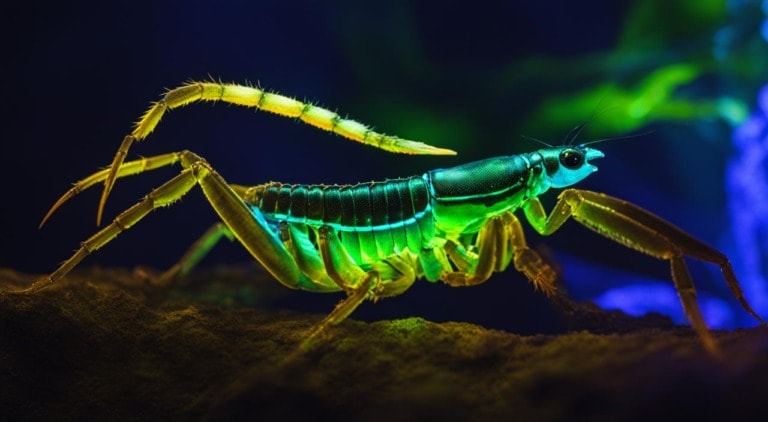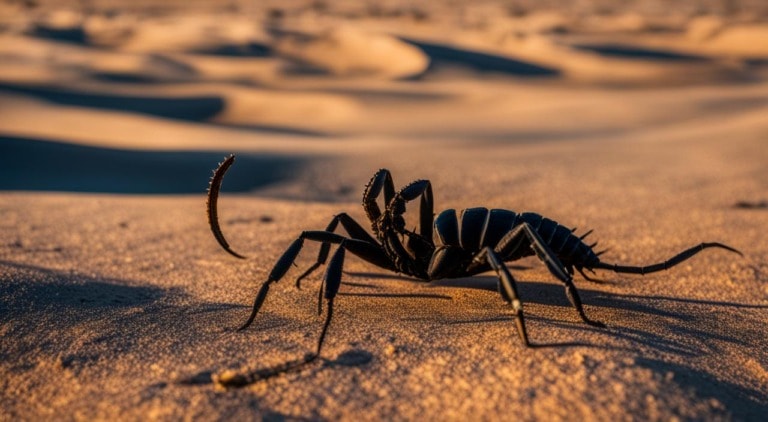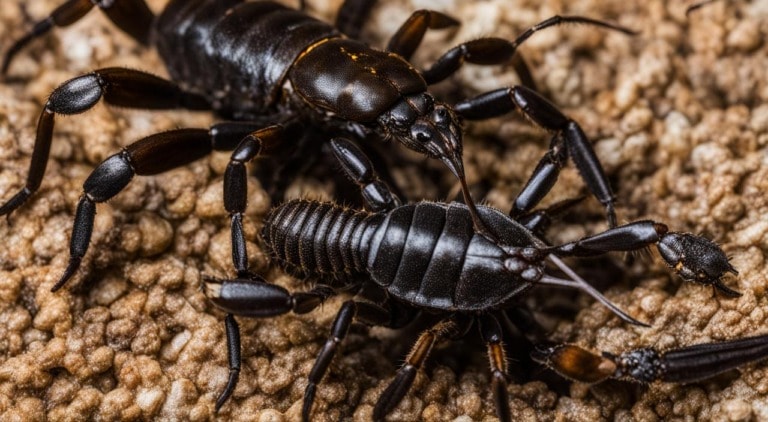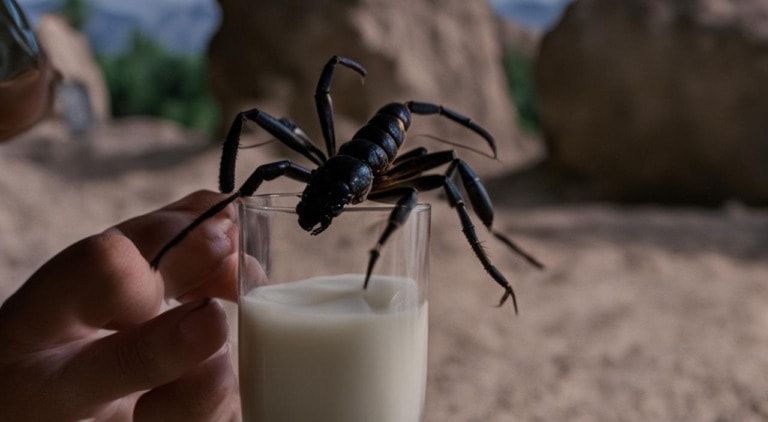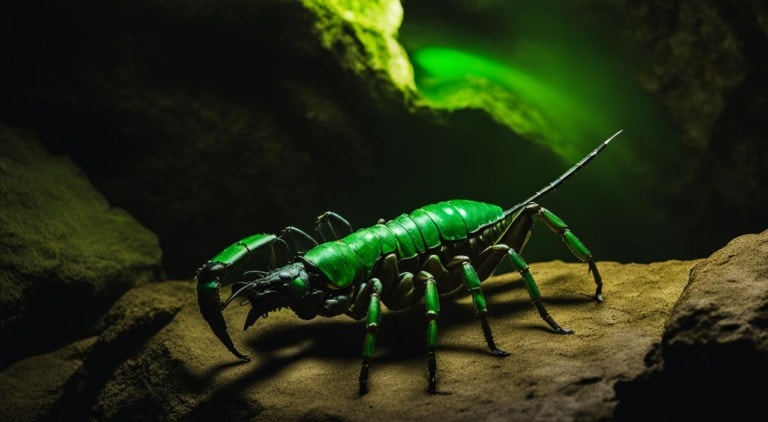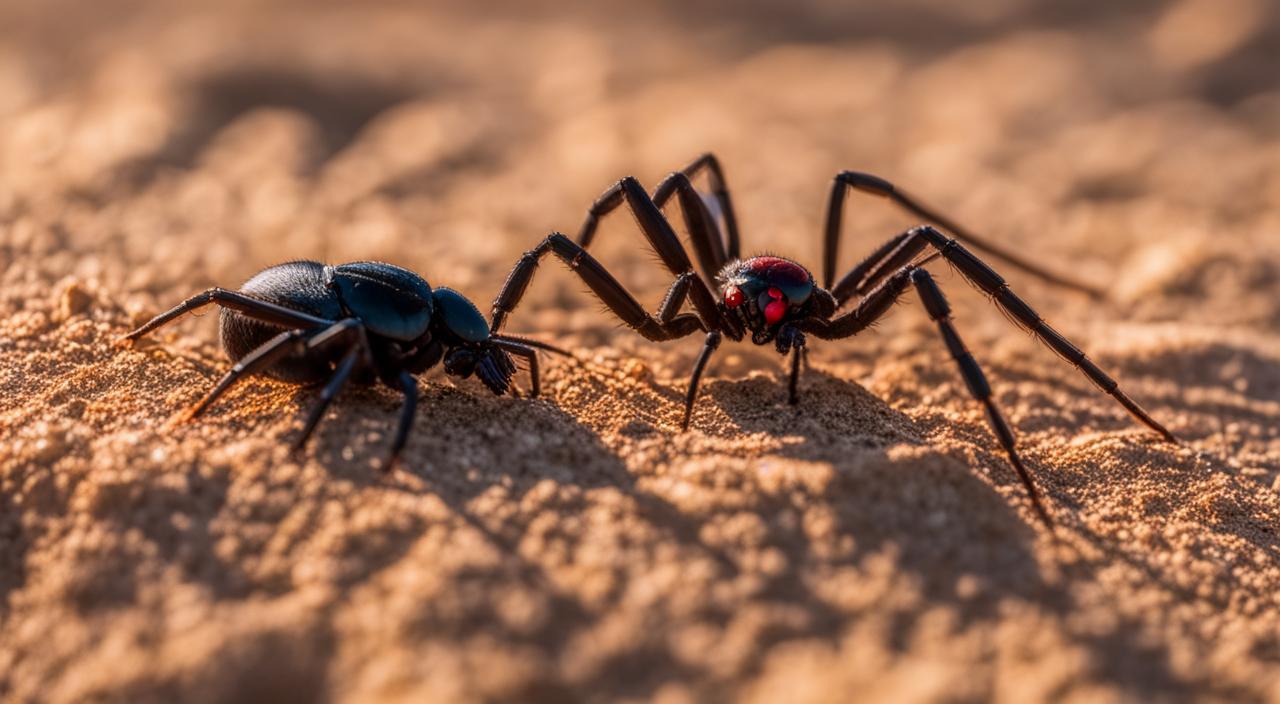
In the wild world of venomous creatures, the black widow spider and scorpion stand out for their deadly reputation. These arachnids have perfected their survival tactics through years of evolution, making them formidable predators in their respective habitats.
In this article, we will delve into the intriguing world of these creatures, exploring their unique hunting methods and shedding light on who would emerge victorious in a face-off.
When it comes to survival, both the black widow spider and the scorpion rely on a variety of tactics to secure their next meal. From their venomous capabilities to their cunning hunting methods, these creatures have adapted to thrive in their environments.
Hunting Methods of Black Widow Spiders and Scorpions
Black widow spiders and scorpions employ unique hunting methods to capture their prey. Understanding these tactics offers valuable insights into their survival strategies.
Black Widow Spiders:
- Black widow spiders are primarily nocturnal hunters, taking advantage of the cover of darkness to search for prey.
- They construct irregular webs near ground level, strategically placing themselves upside-down to capture unsuspecting insects.
- These spiders possess highly sensitive leg hairs that can detect vibrations on their webs, alerting them to the presence of prey.
- Once an insect becomes trapped in their web, the black widow spider immobilizes it with a quick bite, injecting venom that incapacitates the prey.
- Black widows predominantly feed on insects such as crickets and cockroaches, as well as other spiders.
Scorpions:
- Similar to black widows, scorpions are also nocturnal predators.
- They rely on their powerful pincers to grab and hold their prey, preventing escape.
- Scorpions possess a venomous stinger at the end of their tail, which they use to inject venom into their victims.
- After paralyzing or killing their prey with venom, scorpions grind their prey into a pulp using specialized mouthparts.
- Scorpions primarily feed on insects and spiders, but some larger species can even take down small vertebrates.
Both black widow spiders and scorpions have evolved these hunting methods to ensure their survival. These unique strategies enable them to efficiently capture and subdue their prey, highlighting their remarkable adaptations in the natural world.
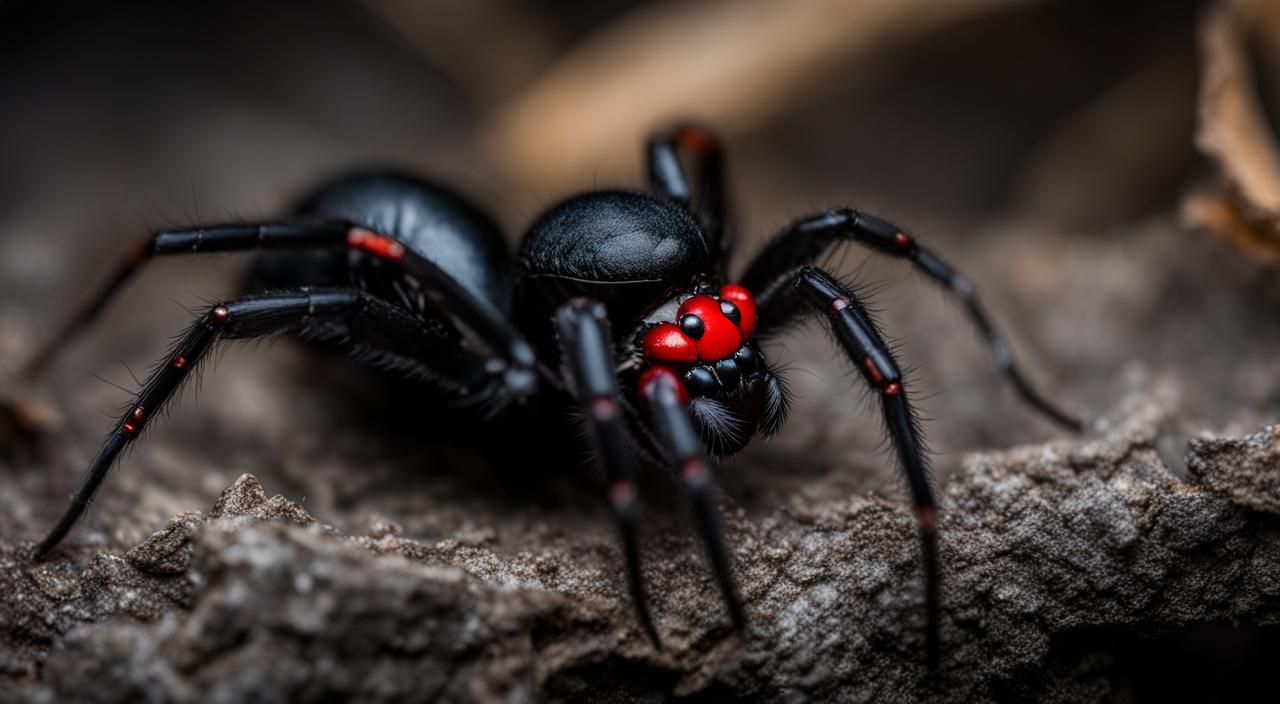
Who Wins the Battle (Black Widow Spider or Scorpion?)
In a face-off between a black widow spider and a scorpion, the outcome depends on various factors. Both creatures possess venomous capabilities, but the scorpion’s larger size and armored exoskeleton give it an advantage in physical combat.
With its powerful pincers and ability to hold on firmly, the scorpion can overpower its opponents. However, the black widow spider relies on its venomous bite to incapacitate its prey.
Black widow spiders are known for their potent neurotoxic venom, which targets the nervous system of their victims. T
heir bites cause muscle pain, cramps, and in some cases, severe abdominal pain. On the other hand, scorpions deliver their venom through a sting. Their venom contains neurotoxins and enzymes that disrupt the functioning of cells, causing pain, swelling, and sometimes numbness.
In a direct battle between the two, the scorpion’s size and strength make it more likely to come out as the victor. It is important to note that these creatures play crucial roles in their ecosystems and pose minimal threats to humans if left undisturbed.
While encounters with black widow spiders and scorpions should be approached with caution, it is essential to respect their place in the natural world and understand their significance for biodiversity.

